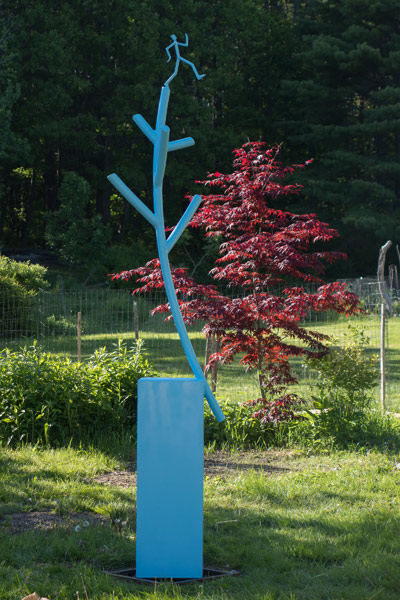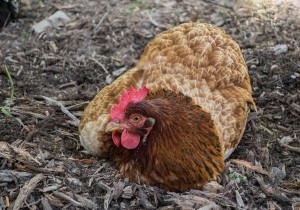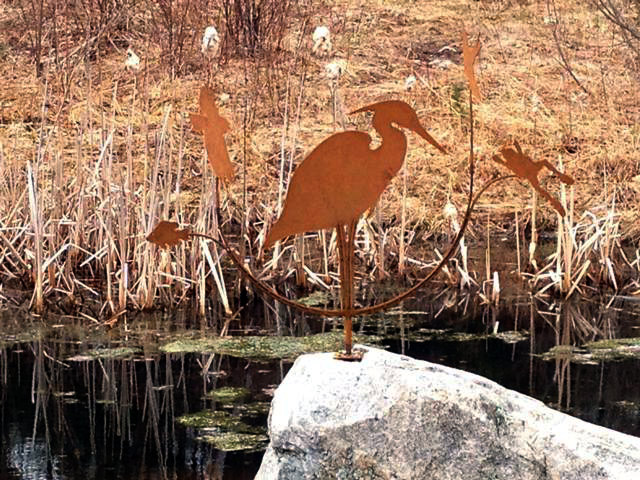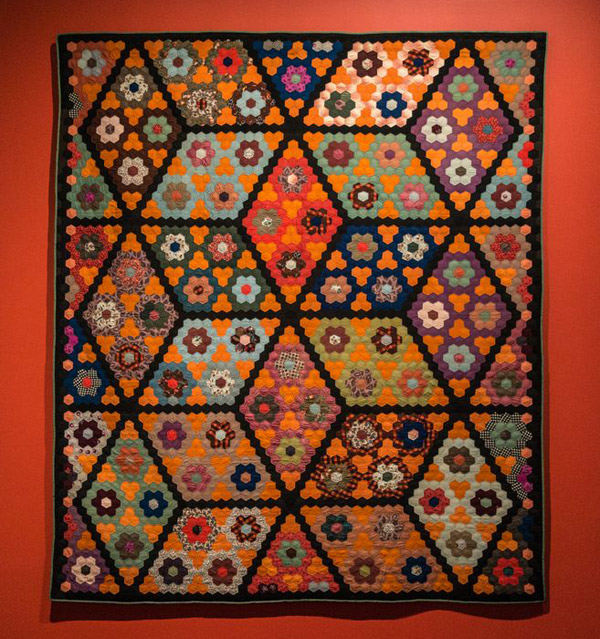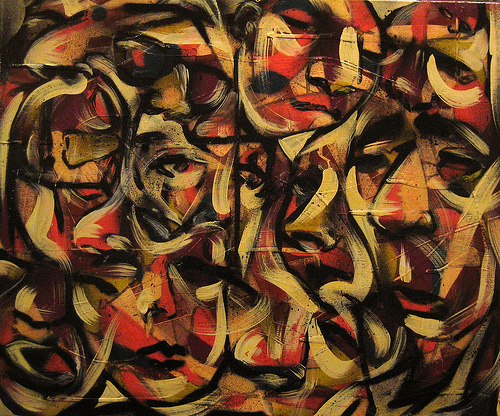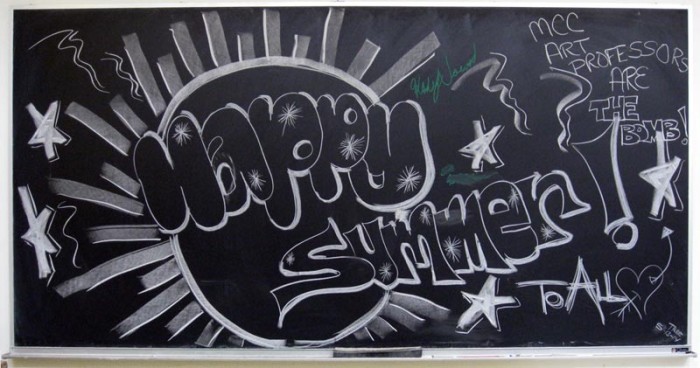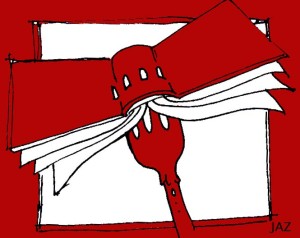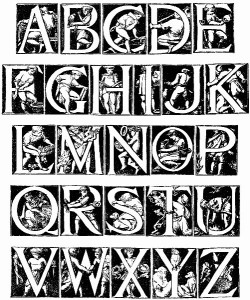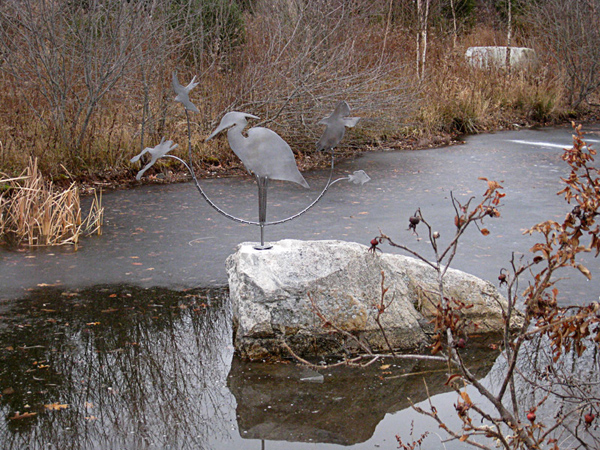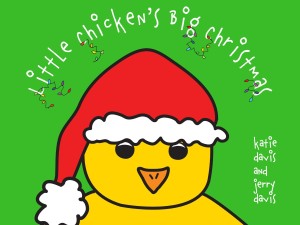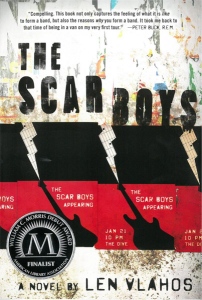 Morris Award Finalist
Morris Award Finalist
YALSA’s Morris Award honors the year’s best young adult novel by a debut author. The Morris Award winner for 2014 will be announced at the upcoming ALA 2015 Midwinter Meeting in Chicago.
Harry, whose actual name is Harbinger Robert Francis Jones, didn’t see it coming. Not that he could have done anything about it anyway, since he was a self-described coward. The bullies tied him to a dogwood tree, then left. A storm arose and lightning struck the tree, setting it on fire. By the time his mother found him, Harry had a concussion and severe burns on his head and torso. Harry would later say that he wished the lightning had struck him instead of the tree. That happened when he was only eight. It’s heartbreaking what some little kids have to live with.
Now his mind and body are deeply scarred and Harry flounders. Dr. Kenny suggests he memorize lists to quell his frustrations, starting with the varieties of lightning. Whoa. I had never heard of anvil lightning or some of the others. Harry memorizes many lists as he struggles to cope, until another boy befriends him. Unlike Harry’s disaster, Johnny McKenna’s life is just about perfect. He’s athletic, charismatic, and gets great grades. Johnny suggests a startling idea: they should start a band. So what if they and their friends don’t play instruments? They’ll learn. And what about Harry’s feeling that he’s a freak? He’ll hide behind his music. Oh, and a brimmed hat and sunglasses.
So begins the heart of the story, where a damaged boy with a sardonic outlook lurches past every heartache life tosses at him, persisting through taunts, loneliness, and thwarted crushes on girls, to become part of something bigger. Johnny’s friendship has sprung a miracle. Music generates sparks in Harry’s mind while his guitar and amps send thrilling electric vibes coursing through his body. He plugs into the rock of the 80s and 90s and out flows his own music. And the band goes on a self-made rock tour in a rusted van.
Gradually Harry sees through Johnny, the perfect lead singer, who must always be in control, demanding to be the boss. Johnny takes everything that Harry wants and needs most, especially Cheyenne Belle, their bass player. She’s supposed to be off limits, though apparently not to Johnny.
By age eighteen Harry is no longer a coward. He’s maturing. His relationship to Johnny, which energizes much of the story, begins to polarize as Harry comes into himself. There is one more tragedy for Harry to struggle with, but this time he has the power to channel the outcome.
The author’s personal experience playing with a group called the Woofing Cookies gives an edge of gritty realism to Harry’s band. Over the ten-year span of the story, the characters’ voices ring true and seem to mature along with Harry. Catastrophic events of his difficult life are, unfortunately, believable and the story zooms along at a good clip with an unexpected climax that is ironic and surprising. In an explosive moment when Johnny screams out his own frustration at what has happened, his words metaphorically ricochet around the room…until Johnny realizes how like Harry he really is. Harry is finding his way around his scars.
The masculine vibe of this story – male protagonists, masculine voice, and male author – is direct and refreshing. I’ve just started reading The Martian by Andrew Weir and this voice is similar in its directness and sarcastic attitude. That doesn’t make The Scar Boys a boy book, though. It’s good to peer into another gender’s mind for awhile.
THE SCAR BOYS
by Len Vlahos
Egmont USA.
Young adult, 14-17
Finalist for the William C. Morris Award. The William C. Morris YA Debut Award, first awarded in 2009, honors a debut book published by a first-time author writing for teens and celebrating impressive new voices in young adult literature.
This review also appears here.
Check out the other stops on the Morris Finalist blog tour! Links here.








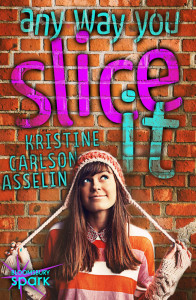

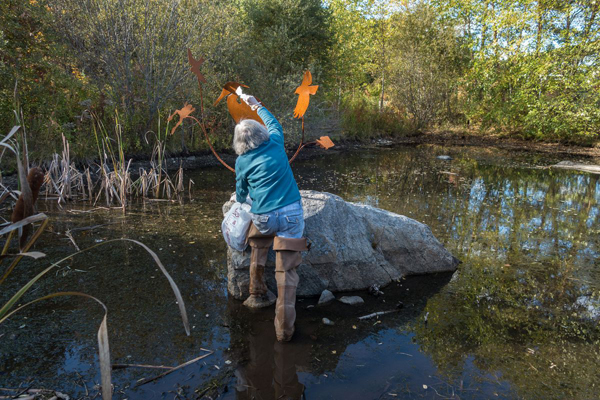


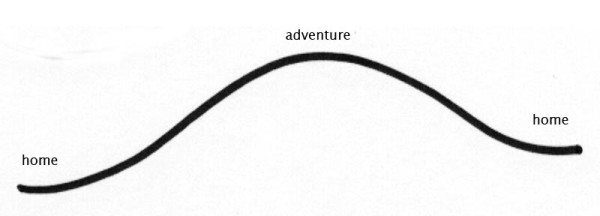



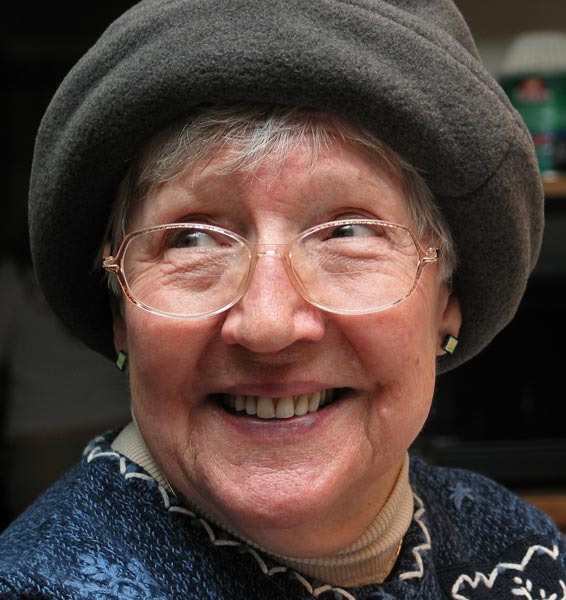







 Â What is Writers Rumpus
 What is Writers Rumpus